Climate change is no longer a distant specter lurking in the shadows of our future. It’s a present-day reality that is already wreaking havoc on communities across the globe. From melting ice caps to desertification, the signs are everywhere. Let’s take a closer look at the places on Earth where climate change is not just a theory, but a daily, existential battle.
1. The Drowning Maldives
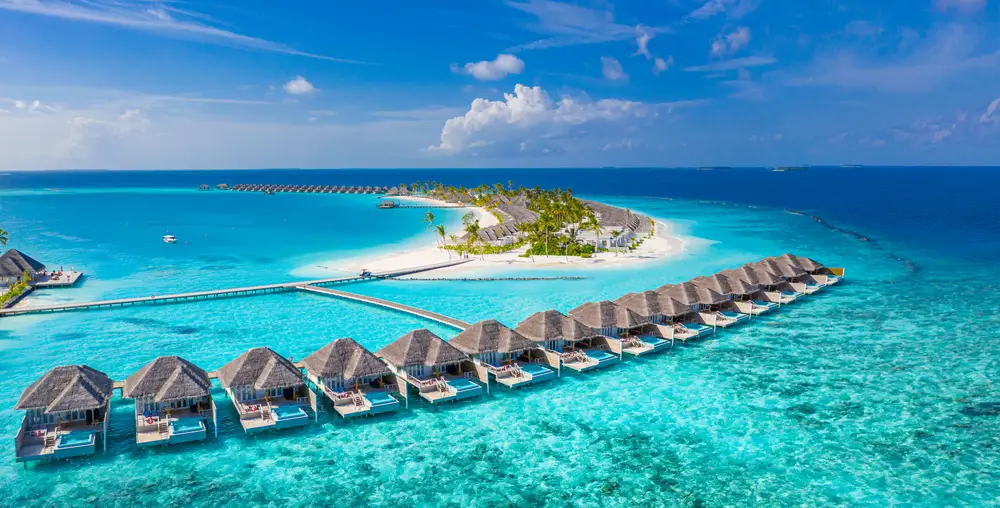
The Maldives, a paradise known for its azure waters and idyllic beaches, is grappling with an existential crisis. According to The Guardian, rising sea levels threaten to submerge these islands within the century. The government is engaging in innovative solutions like building artificial islands, but the future remains precarious. For the Maldivian people, climate change is not just about losing land; it’s about losing homes, culture, and history.
Tourism, this island nation’s lifeline, faces an uncertain future as well. Fewer beaches mean fewer tourists, leading to economic instability. The government’s ambitious plans to combat the crisis reflect both hope and urgency. Tourism may no longer be sustainable in its current form, necessitating a shift towards eco-friendly models. Resilience is key, but the clock is ticking.
2. The Thawing Arctic
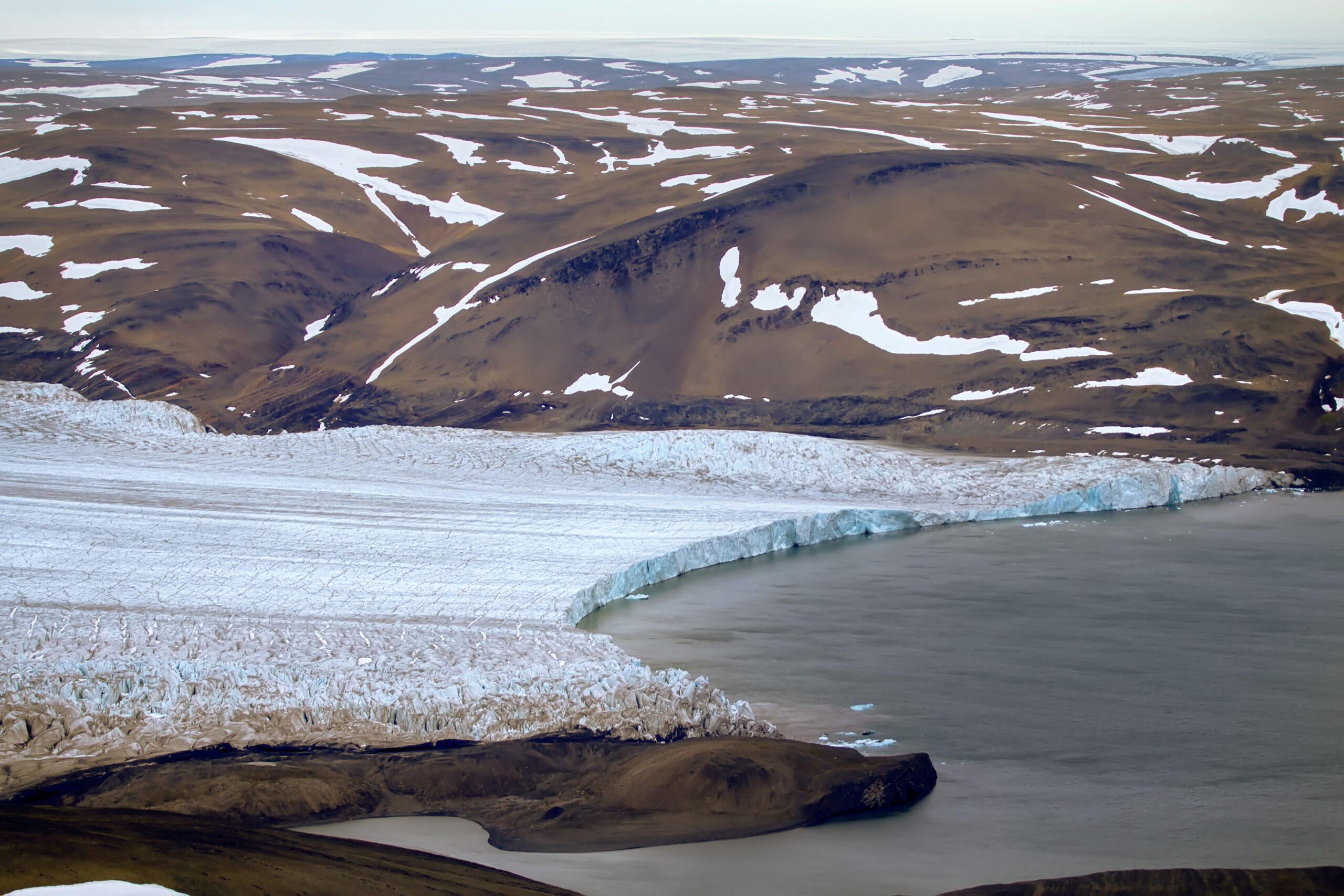
The Arctic is warming faster than any other place on Earth, a phenomenon known as Arctic amplification. The once-permanent sea ice is vanishing, altering global weather patterns and threatening local wildlife. NASA reports that the ice loss is contributing to rising sea levels worldwide, impacting coastal communities far beyond the Arctic Circle.
Inuit communities, who have thrived here for centuries, face an uncertain future. Their traditional way of life, reliant on ice and snow, is slipping away. As hunting grounds diminish, food insecurity grows. The cultural heritage of these indigenous peoples, inseparable from the icy landscape, is at risk. Yet, amidst these challenges, there’s a push to document and preserve timeless traditions.
3. The Parched Cape Town
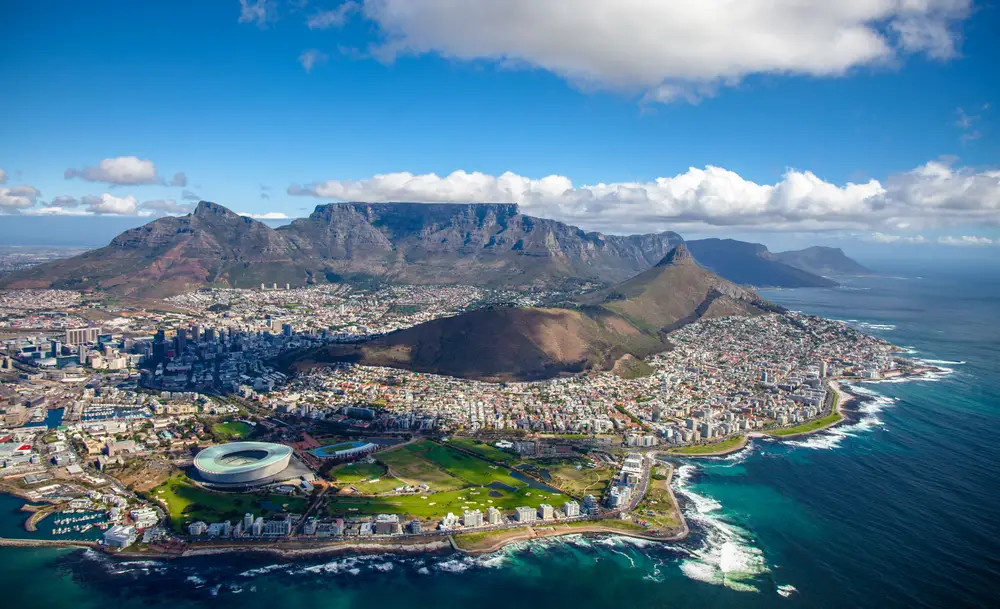
Cape Town experienced a brush with disaster during its 2018 water crisis, when the city came within days of completely running out of water. This was a stark illustration of how climate change can exacerbate existing vulnerabilities. A report published in World Weather Attribution details how prolonged drought and inadequate infrastructure nearly brought the city to its knees.
The crisis forced residents to cut their water consumption drastically. It also prompted city officials to implement new water management strategies. Although Cape Town narrowly averted “Day Zero,” the threat of future shortages looms large. With climate change intensifying drought conditions, cities worldwide are learning from Cape Town’s hard-earned lessons. Sustainable water management and investment in infrastructure are no longer optional—they’re essential.
4. The Sinking Bangkok
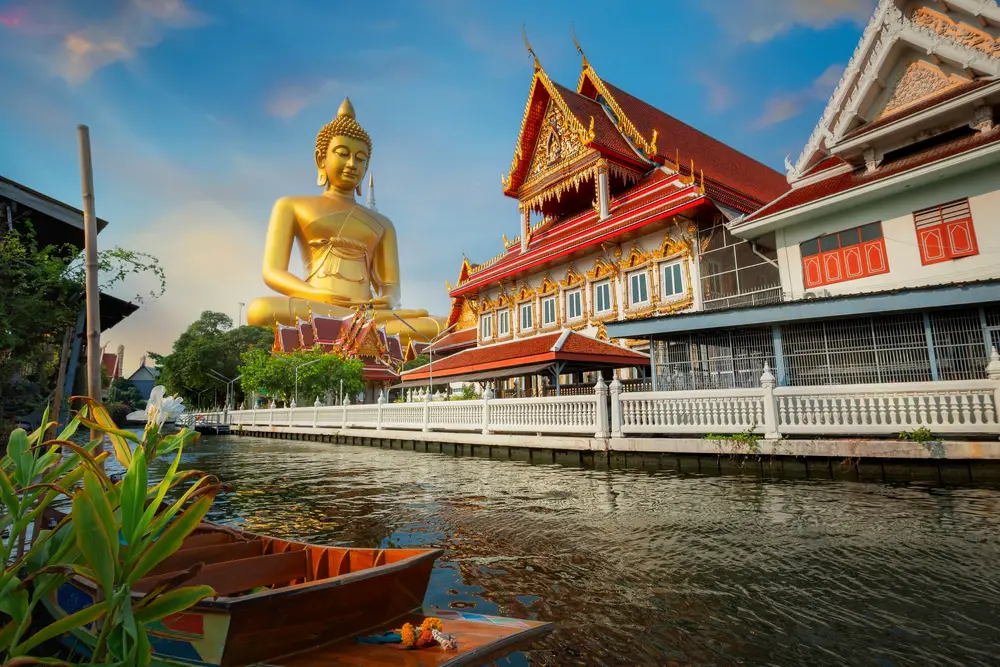
Bangkok is sinking, and climate change is only accelerating the process. Built on marshland, the city is subsiding at an alarming rate due to excessive groundwater extraction. Combined with rising sea levels, Bangkok is teetering on the brink of disaster. Low-lying areas are already experiencing frequent flooding, and experts warn that parts of the city could be underwater within a few decades.
The Thai government is scrambling to implement flood defenses and improve urban planning. But these efforts come with significant financial and logistical challenges. As the city continues to grow, so does its vulnerability to extreme weather events. Residents are being forced to adapt, often at great personal and financial cost. The resilience of Bangkok’s people shines in the face of these challenges, but the city’s future remains uncertain.
5. The Drying Lake Chad
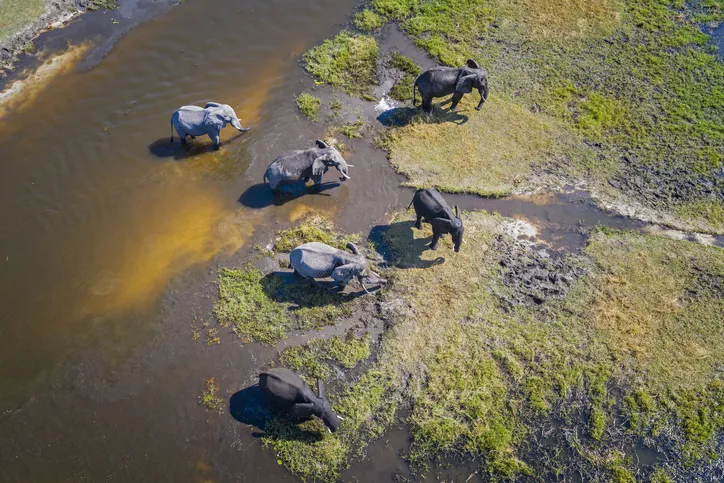
Once one of Africa’s largest freshwater bodies, Lake Chad has shrunk by 90% since the 1960s. Climate change-induced droughts and water mismanagement have put immense pressure on the lake’s ecosystem. Millions of people across Chad, Nigeria, Niger, and Cameroon depend on its waters for agriculture, fishing, and daily life. With the lake drying up, livelihoods are being lost, and conflicts over resources are escalating.
The crisis extends beyond environmental concerns; it’s a humanitarian issue of monumental proportions. Displaced communities are struggling to survive in increasingly harsh conditions. International aid is critical, but long-term solutions require addressing the root causes of the lake’s decline. Collaborative regional efforts and sustainable water management are essential to restore Lake Chad’s vitality. Otherwise, the consequences could be dire for millions.
6. The Scorching Australian Outback
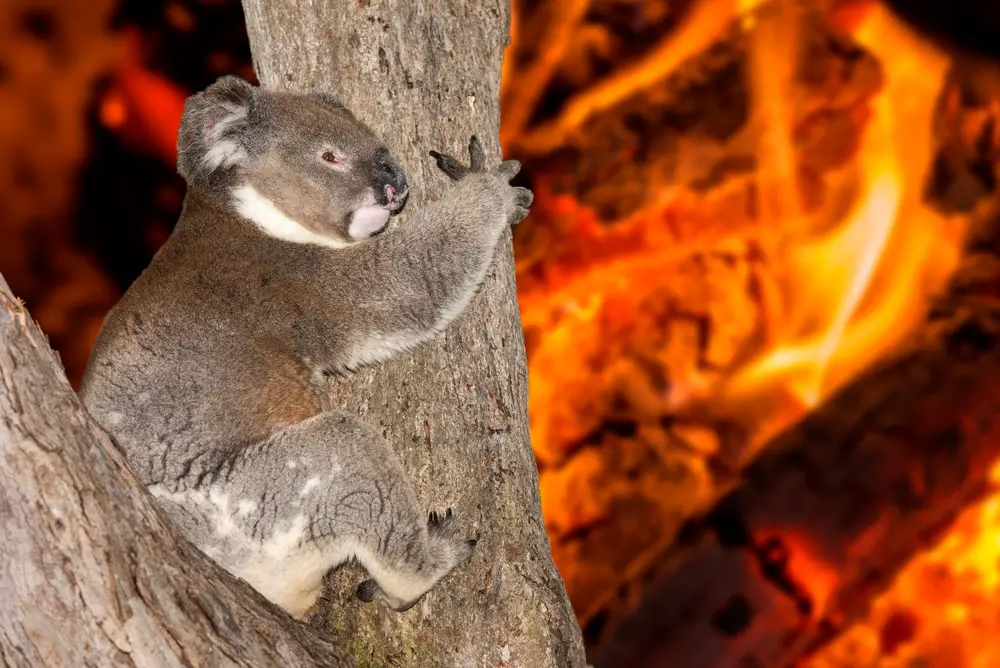
Australia’s Outback, a land of extremes, is becoming even more inhospitable as temperatures soar. The 2019-2020 bushfire season, one of the worst in Australia’s history, was fueled by intense heat and prolonged drought. Wildlife suffered immensely, and entire ecosystems were left in ashes. For the indigenous communities who call the Outback home, these changes threaten their traditional ways of life and cultural practices.
The Australian government faces mounting pressure to take stronger action on climate change. Controversial policies around fossil fuel reliance and environmental conservation are hotly debated. Meanwhile, communities are seeking ways to adapt to their changing environment. Fire management practices, informed by indigenous knowledge, are gaining attention. Yet, without significant policy shifts, the Outback’s future hangs in the balance.
7. The Fragile Amazon Rainforest
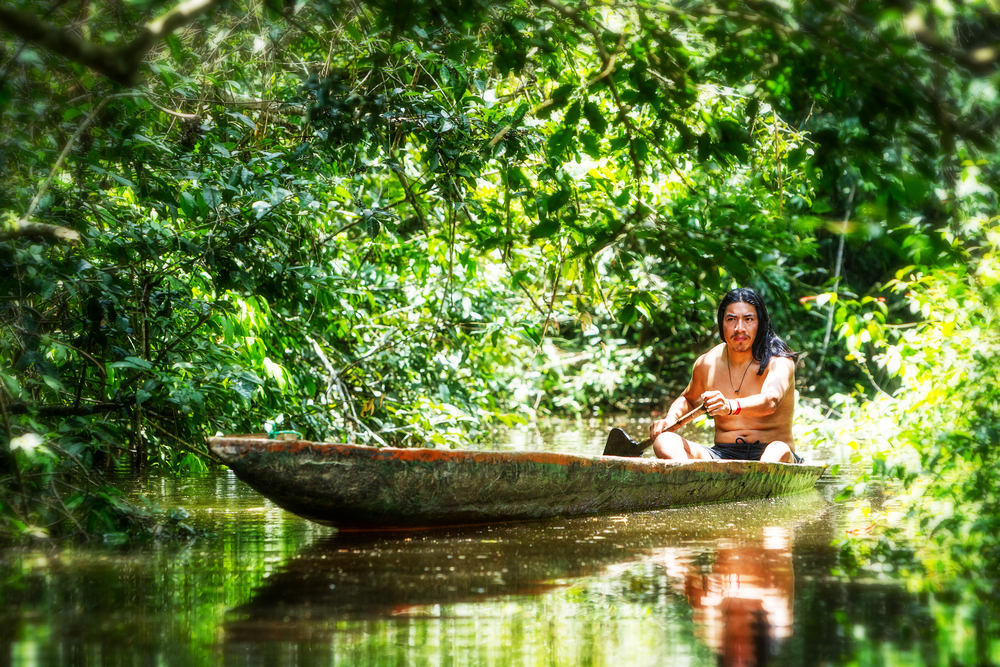
The Amazon, often called the “lungs of the Earth,” is under siege from deforestation and climate change. Rising temperatures and altered rainfall patterns are drying out the once lush rainforest. This has made it more susceptible to fires, which are becoming alarmingly frequent and intense. Indigenous tribes, who have lived harmoniously with the land for centuries, are witnessing the destruction of their home and way of life.
The global implications of a collapsing Amazon are profound, affecting biodiversity, climate regulation, and carbon storage. Efforts to curb deforestation and promote sustainable land use are underway. However, the challenges are immense, with illegal logging and agricultural expansion continuing unabated. International cooperation and strong environmental policies are vital to safeguard this irreplaceable ecosystem. Without them, the Amazon’s future—and our own—remains perilously uncertain.
8. The Disappearing Venice
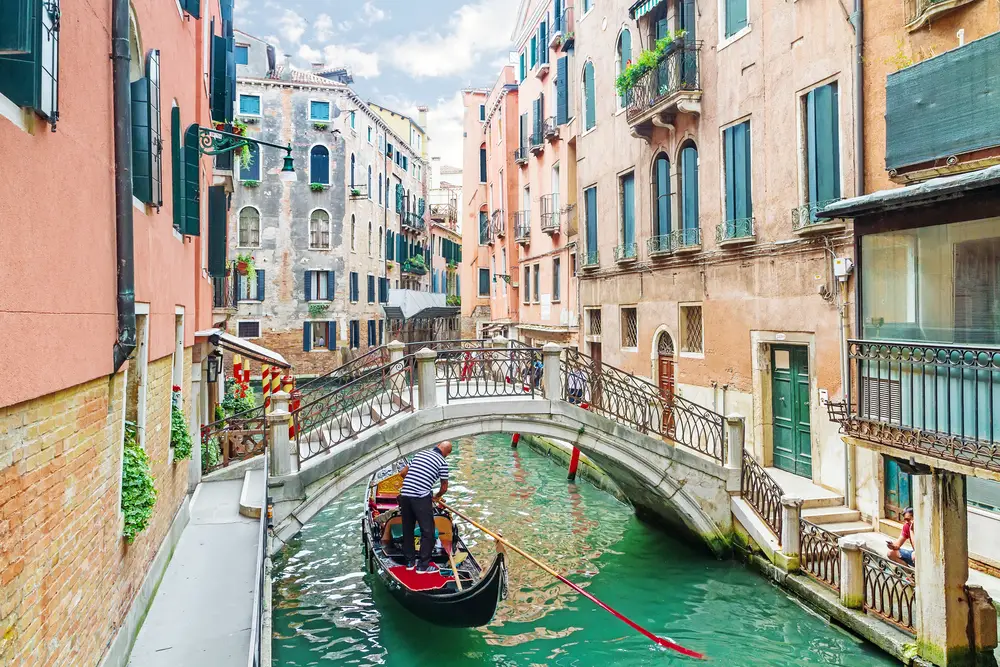
Venice, a city synonymous with romance and culture, is slowly sinking beneath the waves. Climate change is exacerbating the natural subsidence of this iconic city, with rising sea levels leading to more frequent and severe flooding. The infamous Acqua Alta, or high water, is now a regular occurrence, threatening Venice’s historic buildings and vibrant community life.
Venetians are resilient, but the challenges are mounting. The MOSE project, a series of flood barriers, offers some hope but is fraught with controversy and delays. The city’s economy, heavily reliant on tourism, faces uncertainty as visitors dwindle. Preservation efforts are critical, but they require significant investment and international support. The battle to save Venice is as much about cultural heritage as it is about confronting climate change’s relentless march.
9. The Vanishing Glaciers of Patagonia
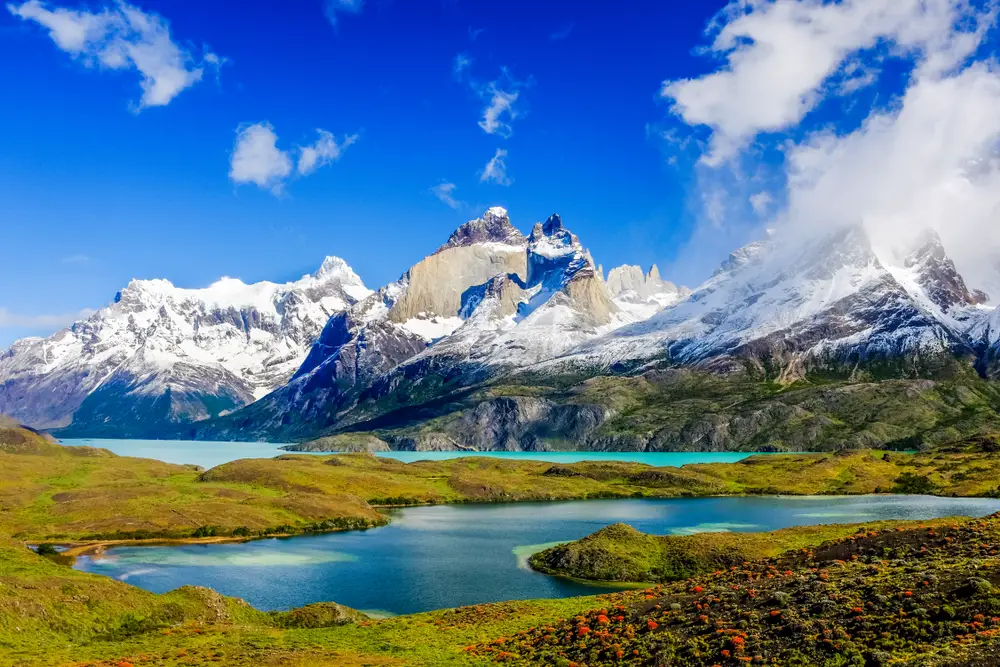
Patagonia’s stunning glaciers, a magnet for adventurers and nature lovers, are retreating at an unprecedented rate. As global temperatures rise, these ice giants are melting, contributing to rising sea levels. The impact on local ecosystems is profound, altering water availability and threatening biodiversity. For the indigenous communities and wildlife that call Patagonia home, these changes are deeply unsettling.
The loss of glaciers is a visible and visceral reminder of climate change’s reach. Efforts to monitor and mitigate the impacts are underway, with scientists studying glacial movements and communities adapting to new realities. However, reversing or even slowing this trend requires global action on reducing greenhouse gas emissions. Patagonia’s glaciers are harbingers of change, and their fate is a stark warning to us all.
10. The Eroding Alaskan Coastline
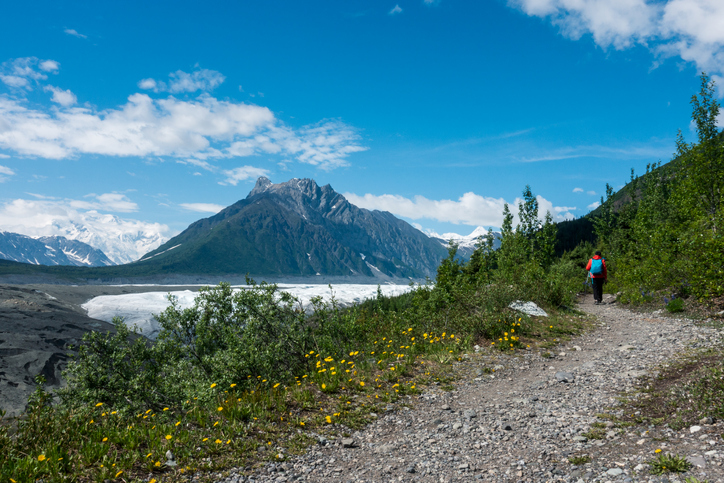
Alaska’s coastline is facing a dual threat: rising sea levels and coastal erosion. Entire villages are being forced to relocate as the land beneath them disappears. The Yupik and Inupiat communities, who have lived here for generations, are witnessing their homes and history being washed away. This is not just an environmental issue but a cultural crisis.
Relocation efforts are costly and complex, involving the construction of new infrastructure and the preservation of cultural heritage. Alaska’s predicament is a harbinger for other coastal regions worldwide. As ice melts and seas encroach, communities must adapt or face displacement. The resilience of Alaska’s indigenous peoples is inspiring, but their struggle underscores the urgent need for global climate action.
11. The Salinizing Vietnamese Mekong Delta

The Mekong Delta is Vietnam’s rice bowl, but its future is uncertain as climate change wreaks havoc on the region. Rising sea levels are causing saltwater intrusion, rendering fertile land unsuitable for agriculture. This threatens food security for millions who depend on the Delta’s bounty. Farmers, caught between the forces of nature and economic necessity, are struggling to adapt.
Efforts to combat salinization include building dikes and promoting salt-tolerant crops. However, these solutions are costly and not universally applicable. The Vietnamese government is investing in research and infrastructure, but long-term success requires tackling the root causes of climate change. The Mekong Delta’s plight is a vivid reminder of the interconnectedness of climate, agriculture, and human survival.
12. The Flooded Bangladesh

Bangladesh, a country crisscrossed by rivers and prone to flooding, is on the front lines of climate change. Rising sea levels and increasingly severe storms are displacing millions, creating a humanitarian crisis. The densely populated coastal regions are particularly vulnerable, with communities facing the constant threat of inundation. For many, migration has become a necessity rather than a choice.
The Bangladeshi government, with international assistance, is working on adaptive strategies. These include building resilient infrastructure and developing early warning systems. Yet, the scale of the challenge is immense, requiring global cooperation to address the root causes of climate change. Bangladesh’s resilience is tested daily, but its situation highlights the urgent need for collective action on a global scale.
13. The Desertifying Sahel
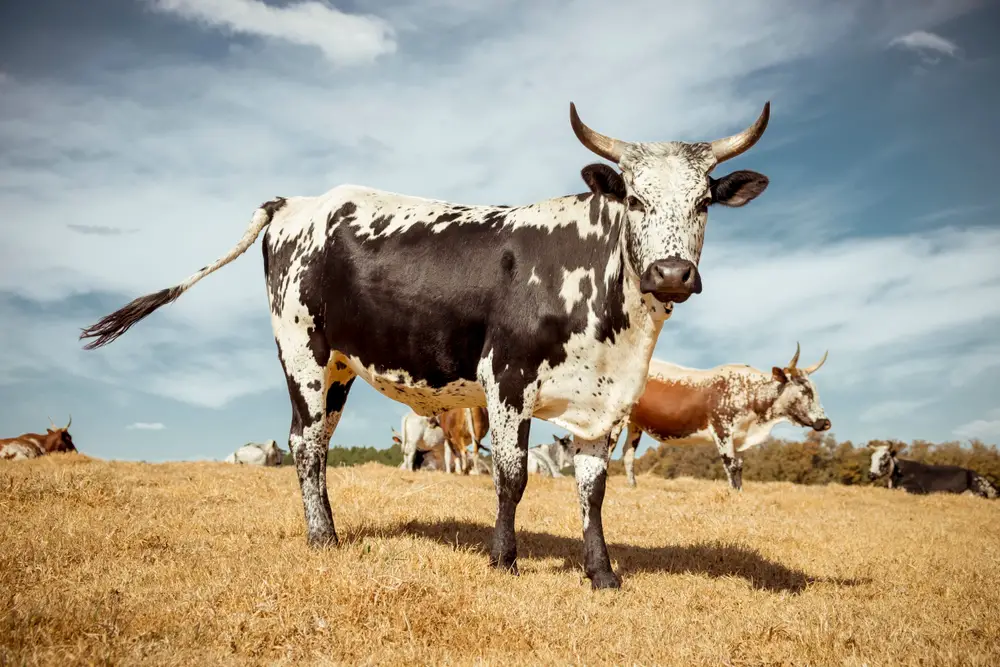
The Sahel, a semi-arid region stretching across Africa, is experiencing intensified desertification due to climate change. Prolonged droughts and erratic rainfall are transforming fertile land into barren desert. This has dire consequences for the millions of people who rely on agriculture and livestock for their livelihoods. As resources dwindle, conflict over land and water is escalating.
Efforts to combat desertification include reforestation and sustainable land management practices. The Great Green Wall, an ambitious project to create a barrier of trees across the continent, offers hope but faces significant challenges. Local communities are crucial in these efforts, bringing traditional knowledge and resilience. The Sahel’s struggle is emblematic of the broader battle against climate change—a fight that requires unity, innovation, and immediate action.
